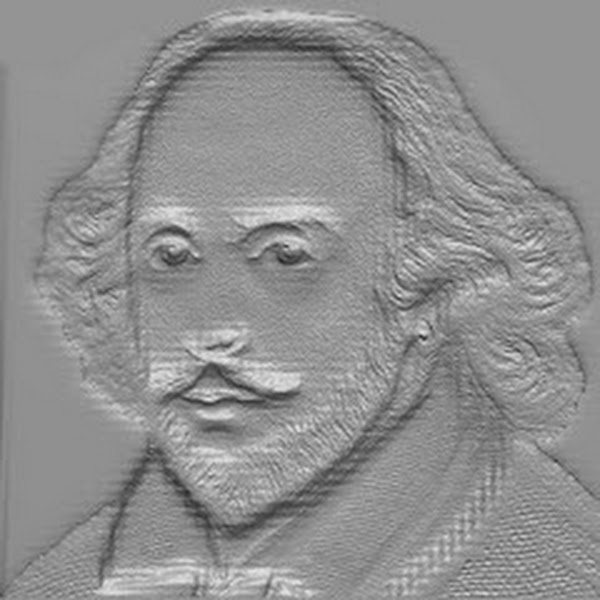Personification is a literary device in which human qualities and characteristics are attributed to non-human entities or abstract concepts. This technique involves giving human attributes, emotions, or actions to animals, inanimate objects, or ideas. Personification is a form of figurative language that helps create vivid and imaginative imagery, making the descriptions more relatable and engaging for the reader.
Here are a few examples of personification:
- The wind whispered through the trees.
- The wind, a non-human element, is given the human quality of whispering.
- The sun smiled down on the beach.
- The sun, an inanimate object, is described as smiling, a human action.
- The flowers danced in the gentle breeze.
- Flowers, typically non-animate, are portrayed as dancing, a human-like activity.
- Time crept up on him, stealing his youth.
- Time, an abstract concept, is given the ability to creep and steal, actions associated with humans.
- The raging storm attacked the coastline.
- The storm is personified by using the verb “attacked,” as if it were a hostile entity with intent.
Personification adds depth and vividness to language, allowing writers to convey complex ideas and emotions in a more relatable and imaginative way.
 CSP
CSP